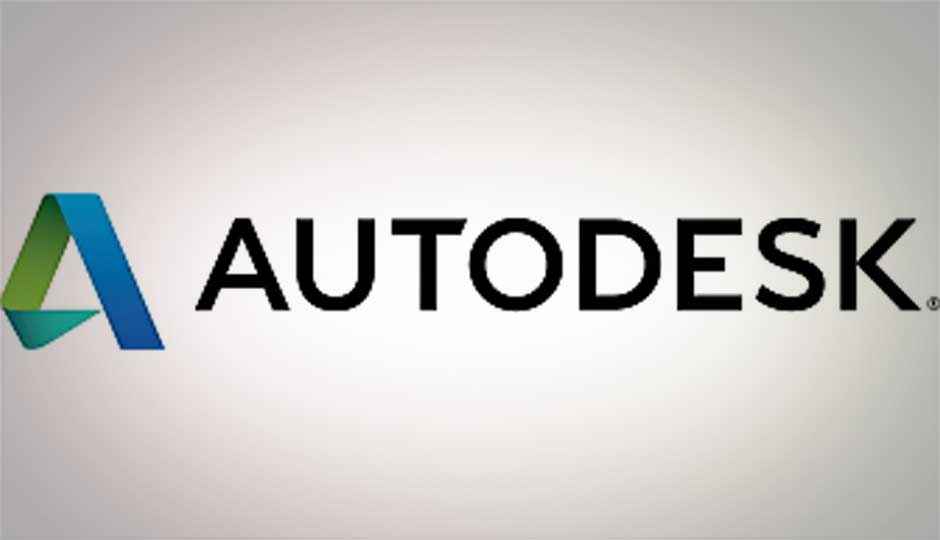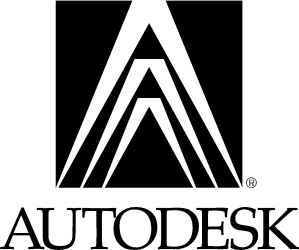Autodesk launches new brand identity and announces suite updates

Autodesk has a solid user-base consisting almost exclusively of professionals. Their latest rebranding and suite updates target prosumers as well and attempts to bring them into the fold.
Autodesk’s name is almost synonymous with construction projects, special effects and 3D technology. Established in 1982, the company first started out with its signature AutoCAD software, a suite that has been used to design almost everything that you see around you now. The original logo (seen below) of the company, keeping its engineering roots in mind, started off as a representation of a caliper tool; among the most precise tools that an engineer has at his disposal.
Autodesk has moved forward with leaps and bounds since then, firmly establishing itself in the entertainment industry with the launch of 3ds Max and the purchase of Maya. It’s not just movies and cartoons, Autodesk’s suites have been readily accepted into the gaming industry as well and there are very few games that you see now whose characters and environments have not been worked in with at least one of Autodesk’s vast collection of suites in one way or another.
Other initiatives such as the Autodesk Home Styler and Sketchbook have shown a lot of potential and are targeted at students and consumers alike.
Keeping this shift in user-base in mind, the new Autodesk logo “draws inspiration from origami, beautifully representing the convergence of art and science, form and function, aptly representing the Autodesk software portfolio.”
Following is the summary of the suite updates:
2014 entertainment creation suite:
- This includes Autodesk Maya 2014, Autodesk 3ds Max 2014, Autodesk MotionBuilder 2014, Autodesk Mudbox 2014, Autodesk Softimage 2014 and Autodesk Sketchbook Designer 2014; all of which have been updated to streamline the workflow, giving the ability to better manage projects on a global scale.
- Updates to Maya include a better integrated modelling feature set, new Paint Effects, DX11 shaders and enhancements to Viewport 2.0, enabling artists to work in a high-quality, real-time environment.
- 3ds Max now includes the “Populate” feature that gives artists the ability to generate moving or idle crowds with life-like actions and activity. Other items include updates to the Particle Flow toolset and a performance-enhanced viewport, DirectX11 support, etc.
- Autodesk Softimage includes updates to the Camera Sequencer toolset that offers the ability to cut between multiple cameras to edit clips, improved CrowdFX and ICE as well as the improved Viewport
- MotionBuilder now has a more refined motion capture ability and a more efficient editing toolsets that aim to improve the film production and game development experience. Also included is support for the linux OS.
- Mudbox 2014 includes better mesh control and enhanced multi-touch workflows.
One of the major features of the 2014 suite lineup is Reality Capture. In Autodesk’s own words:
“A key addition to the 2014 portfolio of suites is Autodesk ReCap, a family of new reality capture software and cloud services that simplify the process of creating intelligent 3D data of physical objects and environments using laser scans and photos, allowing customers to bring the actual job site or physical objects into their design and engineering process.”
What they are essentially saying is that customers can now make use of laser scanning technology (not unlike the type you see in self-driving cars) and utilize it to generate a 3D scan of an environment, generating a so-called “point-cloud” that can be imported into Autodesk’s suites. Thus giving engineers access to very precise environmental data that they can work with to improve their designs and to better understand the challenges that they face.
More information can be found here.


